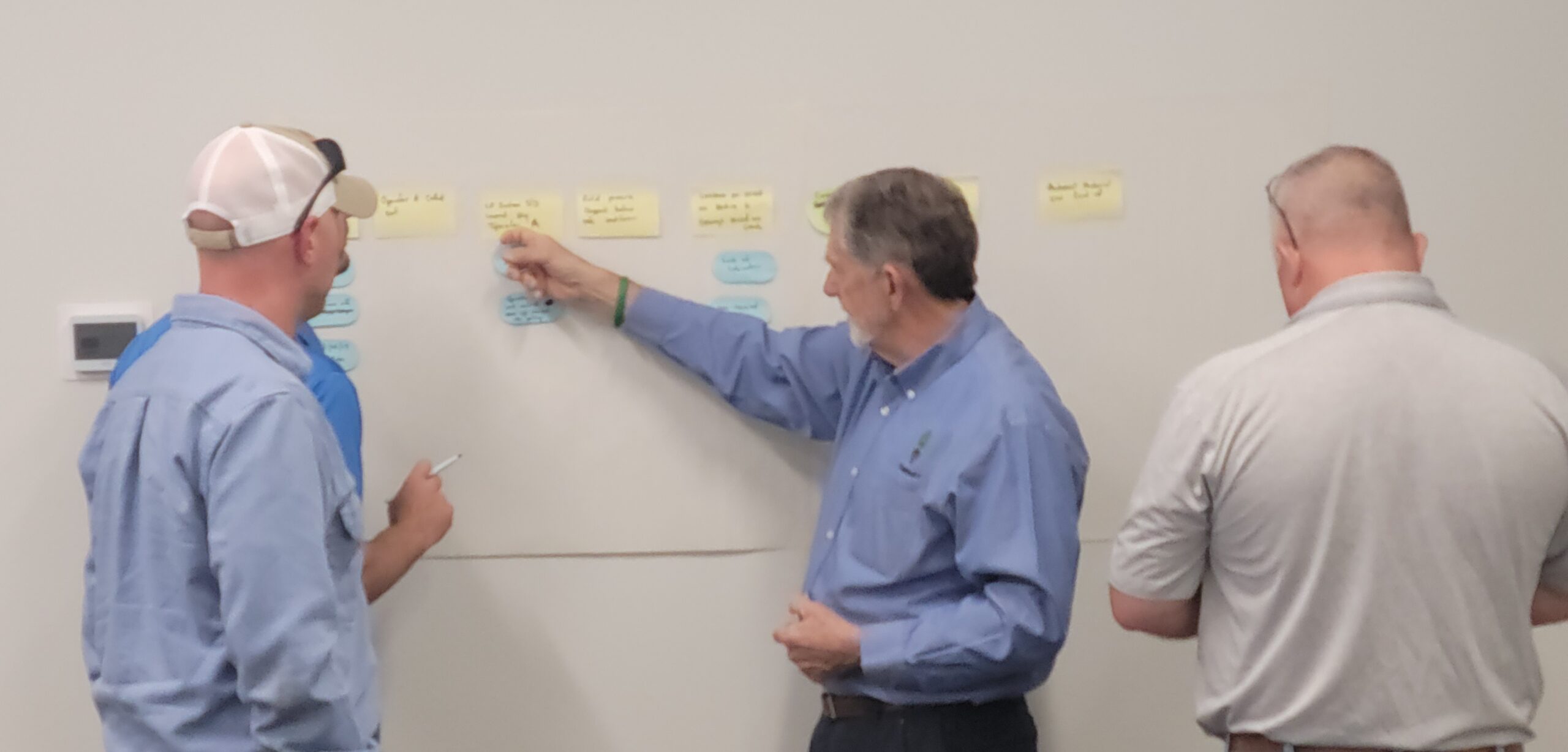Improve Your Investigations with Critical Human Action Profiling

One of the most underutilized tools in the investigator’s toolbox is an optional information collection technique, Critical Human Action Profiling. The TapRooT® optional techniques should be used routinely to help investigators identify and document the details of poor human performance. In this post, I’m going to focus on Critical Human Action Profiling, and how it helps make us all better investigators.
We don’t use these techniques to place blame and punish our people. We do it to fully understand the conditions around the failure so we can analyze the poor performance without blame or bias.
In training, we refer to Critical Human Action Profiling as CHAP so that’s what I’ll use moving forward to save some keystrokes. We train on this technique in our 5-Day TapRooT® Advanced Team Leader Training as well as the other optional techniques such as Equifactor®, Change Analysis, and Safeguard Analysis.
What are the benefits of using CHAP? For starters, it helps you uncover what you still need to investigate for a full understanding of the poor performance. The goal of using CHAP is to identify what was different between what was supposed to happen during a critical step in any process or job to what actually happened when someone failed at the step.
How Critical Human Action Profiling Works
You start a CHAP by identifying the critical human actions that need to be performed correctly to complete the process or job successfully. It works for any process or job in any industry. We document the critical human actions of the process or job. During our investigation, we ask questions to determine at which step the mistake was made that led to a bad outcome.
After we identify the step where human performance failed, we will focus on that one step. We forget everything else for the moment and really hone in on that step so we don’t miss anything and gather concrete evidence. We start by learning how the step is supposed to be completed. We want to document the right way this step needs to be done. We can look at the Standard Operating Procedures, training materials, management’s understanding, subject matter experts, etc. to get the answers. We list out exactly who is supposed to do the job and their qualifications. We list out what exactly needs to be done using which tools. Then we document when and where this step is to be completed. And finally, list the special conditions that should be present as the step is performed. After that is completed, we have a well-documented understanding of how the step is supposed to be performed.
Then we will want to ask questions about how that step was performed when the human performance failed. Again, we look at the who, what, when, where, and special conditions of the actual performance of that same step.

CHAP Provides Reliable Information for the SnapCharT®
We can now compare how it was supposed to be done to how it was actually done that day. Since both scenarios are well documented, it’s easy to see what was different during the performance of that step from what we would expect to see. The difference(s) will go on our SnapCharT® and will lead us to ask more pointed questions about the differences. That allows us to focus on what is important to know and dig deeper to gather more evidence. We’ll know what tools may not have been available. Or maybe the worker hadn’t been fully trained. Or maybe we performed the step too late or too early in the process. Whatever we find, we document it and ask more questions to discover the conditions surrounding the failure. Then it becomes easy to analyze it with our TapRooT® Root Cause Tree® and Dictionary. We will have enough evidence for a very effective RCA.
I recommend using CHAP when you have trouble identifying where you need to focus your investigation when poor human performance leads to a bad outcome in a process or job. CHAP also helps you defend your findings because the difference between what was SUPPOSED to happen and what ACTUALLY happened is well documented and understood. That’s extremely important for regulatory agencies, clients, HR, leadership, etc.
Learn more about CHAP in our 5-Day TapRooT® Advanced Training for Team Leaders. The TapRooT® software makes performing a CHAP simple by leading you through the process. If you would like to know more, connect with me on LinkedIn.



